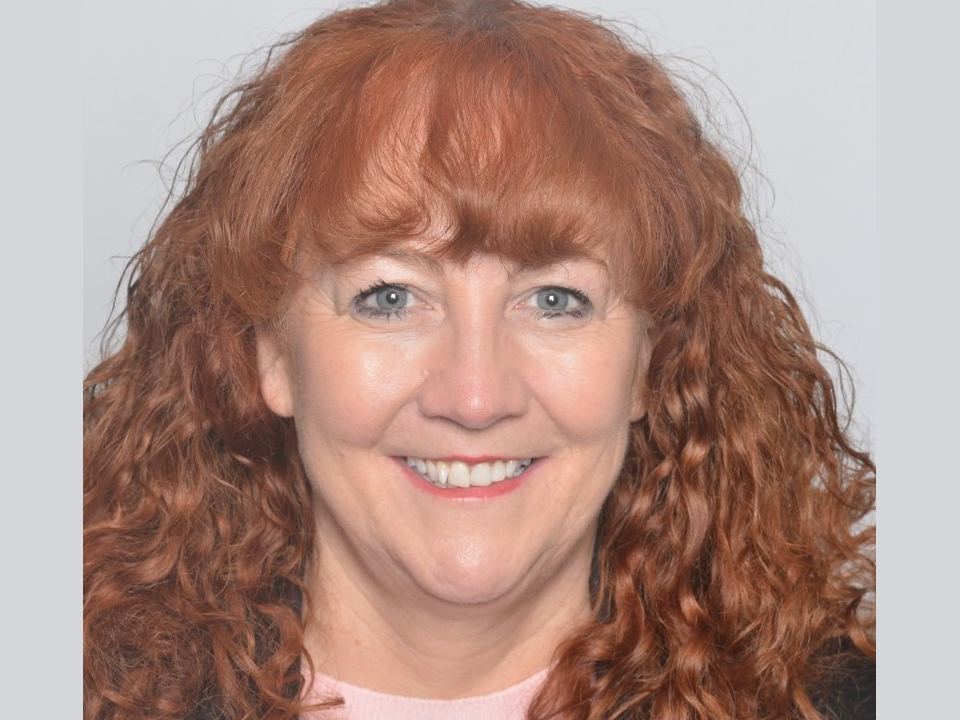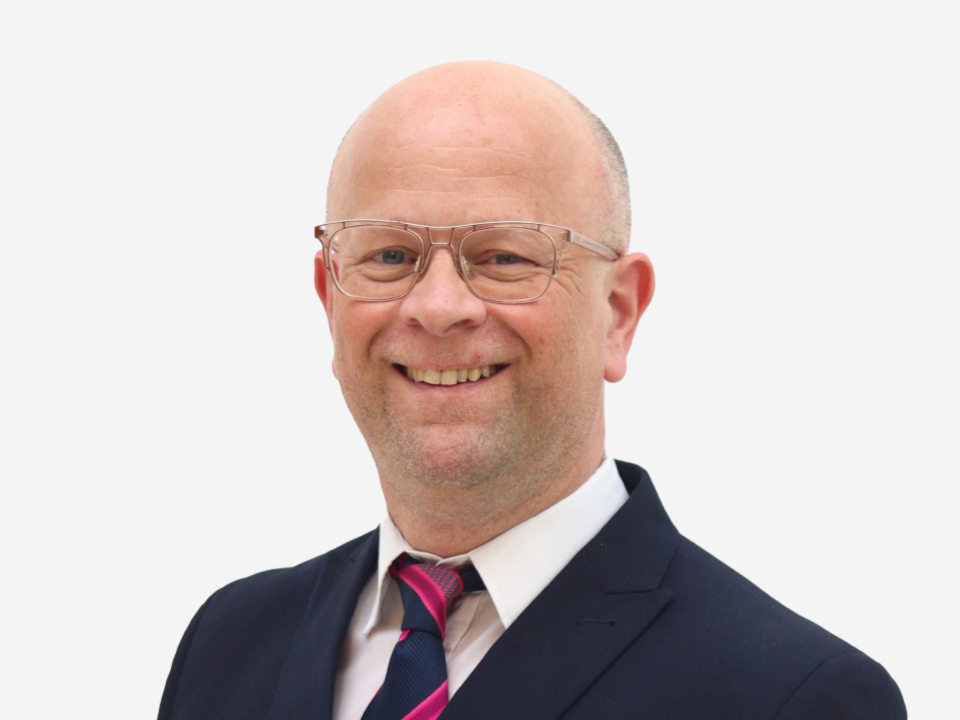
Rachael Wardell
ADCS Vice President
Executive Director of Children, Families and Lifelong Learning
Surrey County Council
I write this on 10 September, which marks a significant milestone for my youngest. She, along with many other 16-year-olds, begins a new chapter at an FE college. As a parent, I share the mix of excitement and anxiety that comes with this transition. Coincidentally, today is also World Suicide Prevention Day, a poignant reminder of the challenges our young people face and that some of them, tragically, do not live to reach this milestone.
As parents, carers, and practitioners, we strive to protect the young people in our care from life’s darker aspects while encouraging them to explore and learn. While we can shield them from some external threats, helping them navigate their internal struggles can be much harder.
Yet, addressing the rising rates of suicide among young people in the UK is crucial. I’ve witnessed the devastating impact of these tragedies on families and communities, sometimes very close to home.
Recent data reveals a troubling increase in suicide rates among young people in the UK. Between 2012 and 2022, the rate for those aged 10 to 24 rose by 22.7%, from 4.4 to 5.5 per 100,000 population. Each statistic represents a life lost, and a family shattered.
The reasons behind suicide in teenagers are complex. Key factors include poor mental health, self-harm, academic pressures, bullying, social isolation, family environment, bereavement, relationship problems, substance misuse, and neglect. The pressures of modern life, amplified by social media, can leave young people feeling overwhelmed and hopeless.
Preventing suicide requires a collaborative approach involving families, schools, and communities. Effective strategies include:
- Educating young people about mental health: Encourage open conversations to reduce stigma. Schools can integrate mental health education into their curriculum and provide resources for support.
- Identifying and supporting at-risk young people: Look for warning signs such as changes in behaviour, withdrawal from social activities, and expressions of hopelessness. Early intervention may include counselling, peer support groups, and access to mental health professionals.
- Fostering open communication: Children need a safe space within their family to express their feelings without fear of judgment. For those young people who don’t have this at home, schools can create safe spaces for students.
- Equipping parents and teachers with skills: Training may include mental health first aid, active listening techniques, and crisis intervention strategies.
- Ensuring access to mental health services: Schools can collaborate with third sector partners to provide on-site counselling, and increasingly we see professional mental health support teams in our schools. Families should be made aware of available resources and encourage their children to seek help.
- Reducing access to means of suicide: Secure potentially dangerous items like medications and sharp objects. Residential care workers are aware of this, but families may need guidance.
- Teaching healthy coping mechanisms: Activities like sports, arts, and mindfulness practices can provide positive outlets for emotions.
World Suicide Prevention Day reminds us of the urgent need to address rising suicide rates among young people. By working together, families, schools, children’s services, and communities can create supportive networks that empower young people to seek help and build resilience. Prioritising mental health ensures no young person feels alone in their struggles.
If you or someone you know is struggling with suicidal thoughts, please reach out to organisations like Samaritans (116 123), Papyrus (0800 068 4141 or Text: 88247), or visit the NHS help webpage for support.




